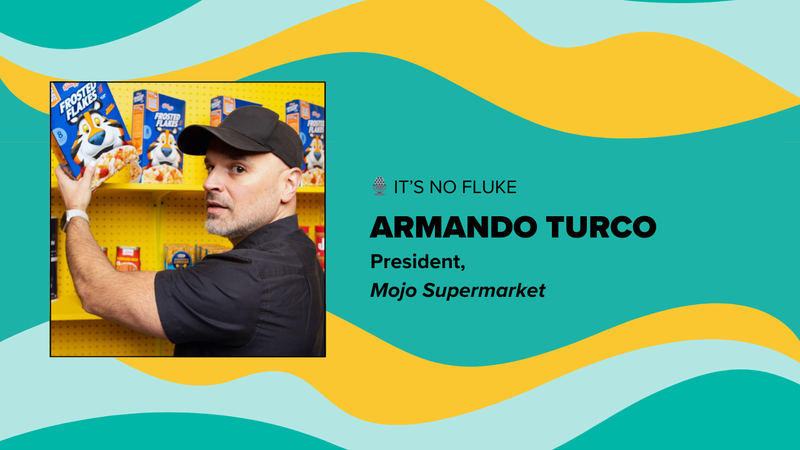by Dakota Rae Lowe, VP of Social Strategy at Edelman.
being judgmental doesn’t have to be negative.
easy for me to say—I just gone done judging the Shorty Awards, and also get an absolute thrill out of reviewing and critiquing work. (btw, I’m featured on the Shorty Awards pod soon—connect with me on LinkedIn and IG to see when it’s live!!!)
but I believe that judging and analyzing, both others’ work—and your own—is a shortcut to understanding your own taste, preconceived notions, and generally what attracts you.
btw, judging is natural—our brains are literally wired to make quick evaluations. it's a survival mechanism that we developed as we evolved, with the amygdala and prefrontal cortex working OT to keep us safe and make all of our life decisions.
we do this automatically and constantly, most often within milliseconds. researchers call this thin-slicing (love that word) which is when we form impressions with very little information.
but the secret to judgement that is beneficial to us, and the work, is taking it a step further - judging with curiosity. call it thick-slicing?
the Shorty Awards has a certain criteria, and every award show is a bit different, but here’s (in my opinion) how to judge, and make, award-winning, social-first work—broken down by the 3 different criteria:
01_strategy
strategy is the foundation. it’s how great social work starts—with clear intent, a deep understanding of the audience, and a plan to meet them where they’re at. the best campaigns are strategic at every level, from content pillars to posting cadence to platform-specific decisions.
what makes strategy stand out:
- audience-first thinking. knowing not just who you’re speaking to, but what they care about and what their digital behaviors are. it’s always SO clear when the audience gets lost in a campaign, and SO clear when a brand gets it right.
- clear objectives. great work knows what success looks like and aligns content to measurable goals. I’m big on focusing on two or three primary KPIs—even better if you can identify ONE north star.
- it’s easy to design for engagements, but it’s really hard to design for engagements, impressions, link clicks, etc all at once on one piece of content.
- platform-native planning. knowing how you’ll use each channel is a key part of your strategy. it’s obvious, but it’s also painful to see a great campaign idea that fell apart when it made its way to TikTok.
- rooted in a unique insight. something that makes you go “aha!” makes for compelling work.
key takeaway: award-winning strategy is intentional, focused, and makes you jealous.
02_creativity / originality / innovation
where good work becomes great. originality doesn’t always mean never-been-done-before—it means using storytelling, visuals, or mechanics in a way that feels fresh, brand-aligned, and unexpected. it’s about having a strong creative point of view and executing it well.
what defines great creative:
- distinct ideas that couldn’t come from anyone else. do I need to mention Liquid Death here?
- emotional or cultural relevance—work that taps into something real and timely.
- smart use of tools, formats, or tech to push the boundaries of what social can do.
- better integration. it just makes for better execution.
key takeaway: creative that wins is original, strategic, and executed well.
03_engagement
engagement is the proof that your work resonated. it’s about more than vanity metrics—it’s about creating content that earns attention, drives action, and builds community. and it should feel natural, not forced.
what drives strong engagement:
- two-way interactions. creating space for audiences to respond, co-create, or be part of it.
- platform fluency. using native features in ways that invite action. this is where as a strategist or creative, you need to be using the tools and platforms to understand the nuances (e.g. TikTok comments can be more powerful than the content itself and completely change the tone, sometimes content is more likely to be shared than liked, etc).
- community-building energy. people want to be part of something, not just watch it happen. ideas should build for participation. and ideally, if the work is good, the audience does it anyway.
key takeaway: if people are re-sharing, re-creating (as in, recreation), and talking back, the content is doing its job.
so, what does award-winning social-first work look like?
it balances strategy, creativity, and engagement, while maintaining a clear story throughout. it hopefully hits in all three categories, ensuring that the start, middle, and end of a campaign (or submission) all got equal attention.
and because I’m such a feeler, it’s worth noting—the best work makes you feel something.











